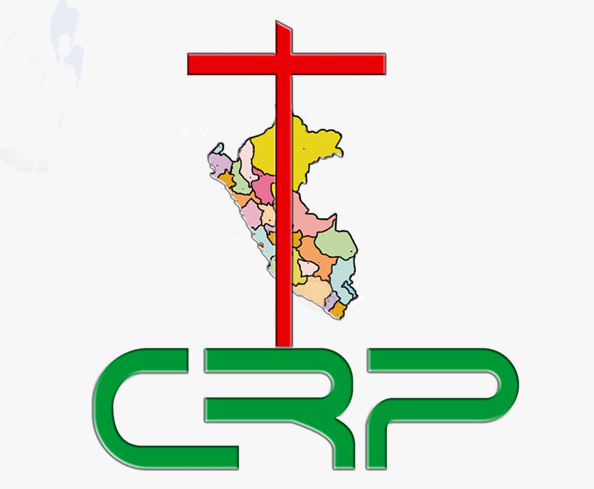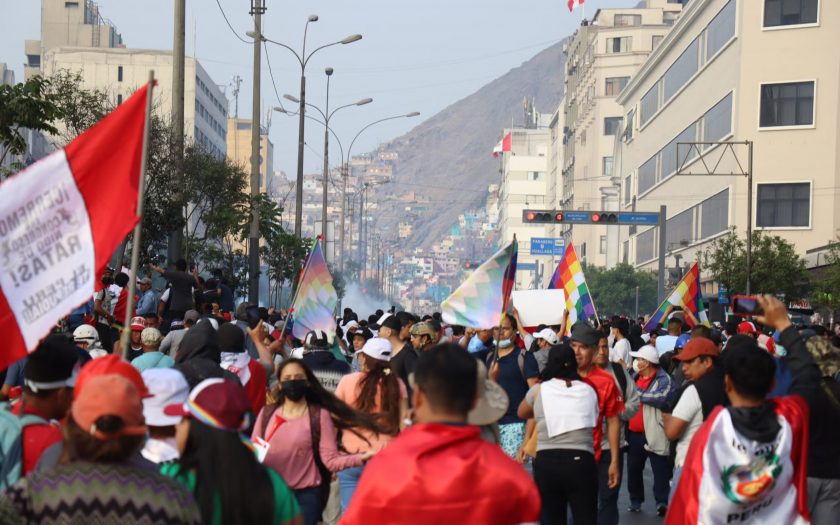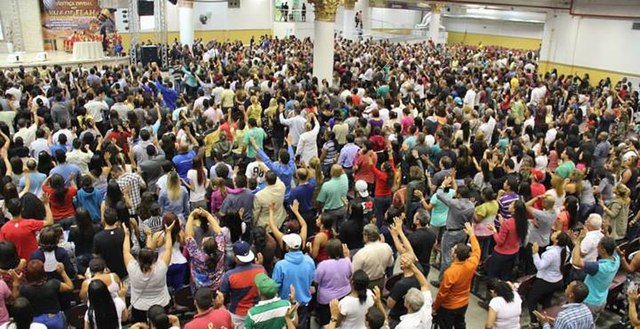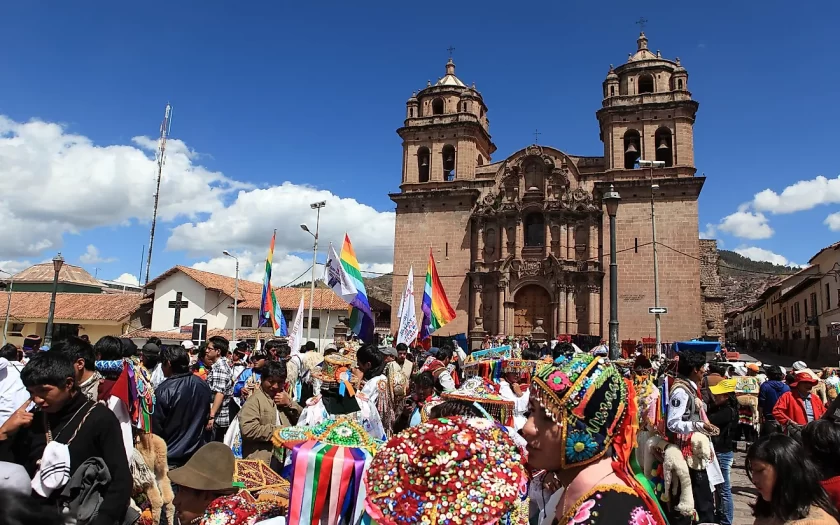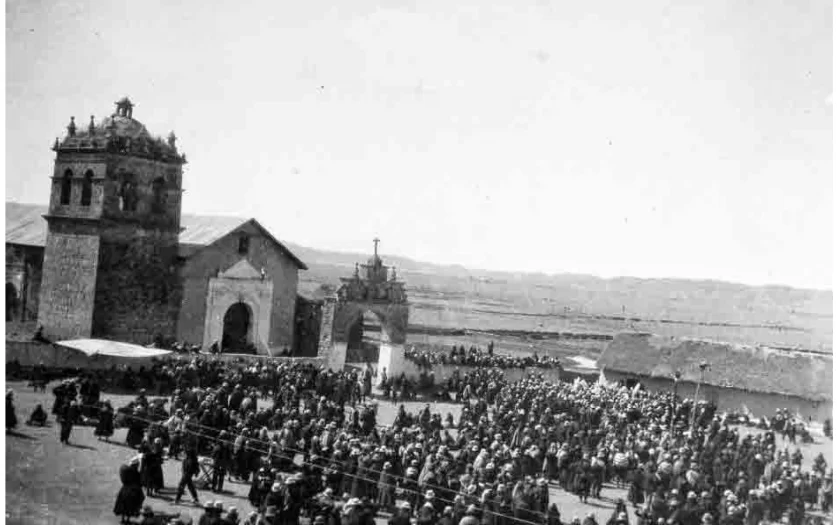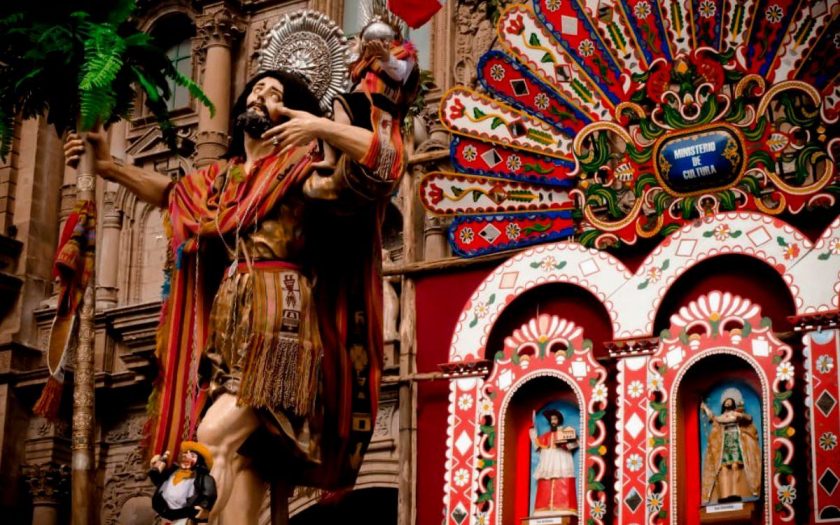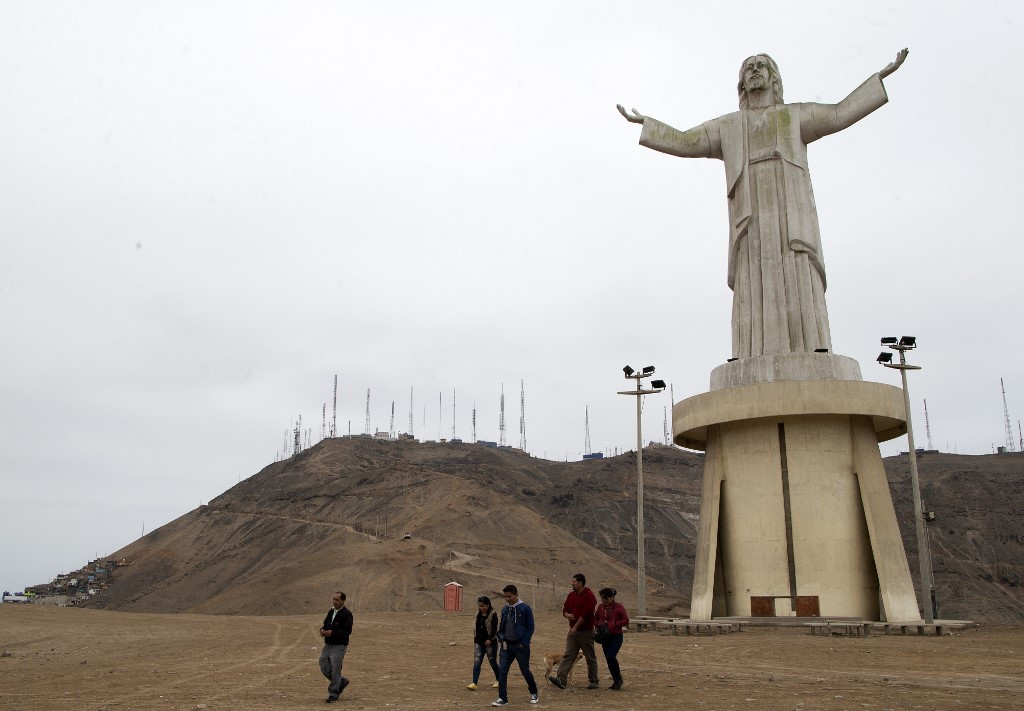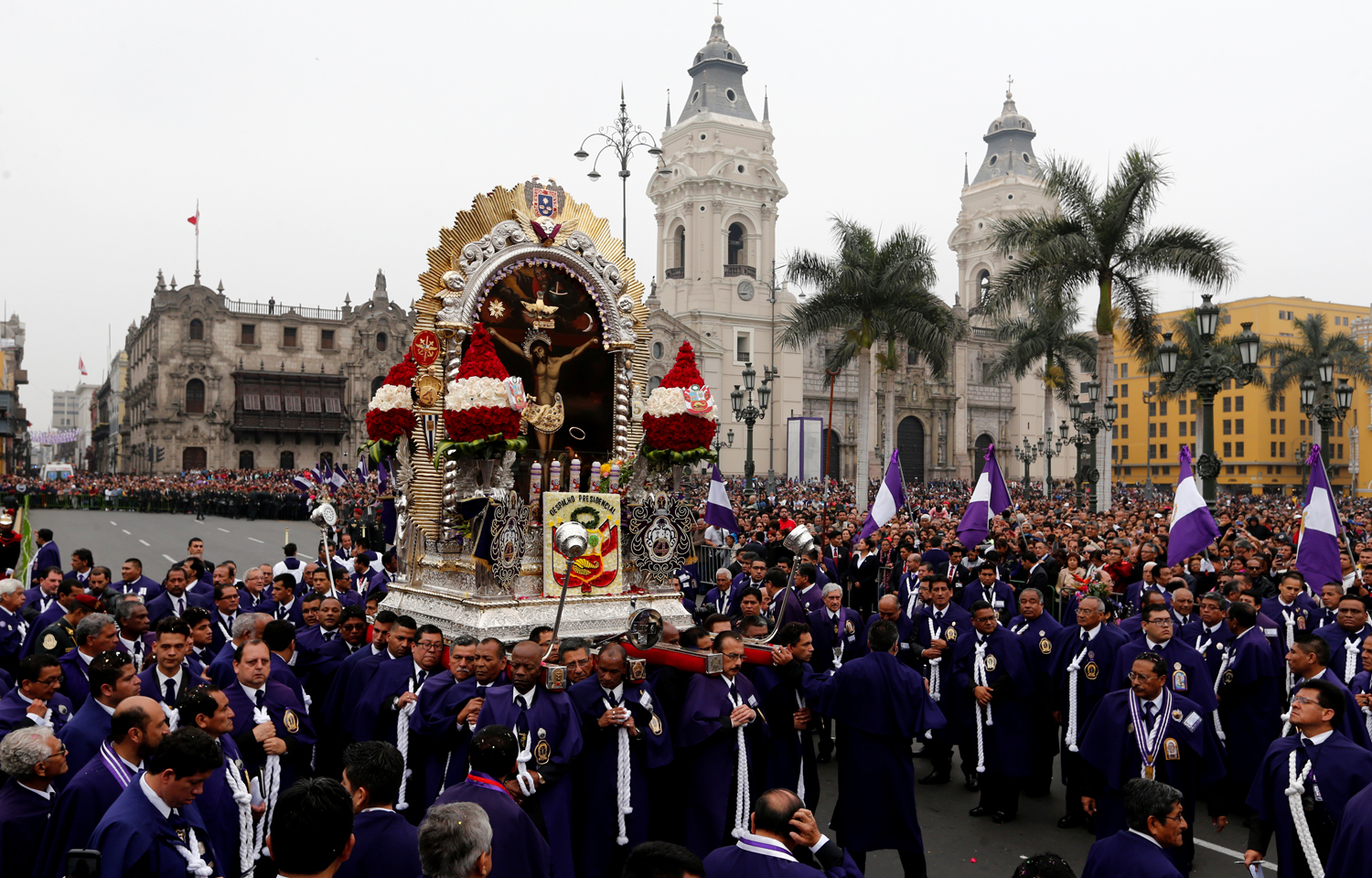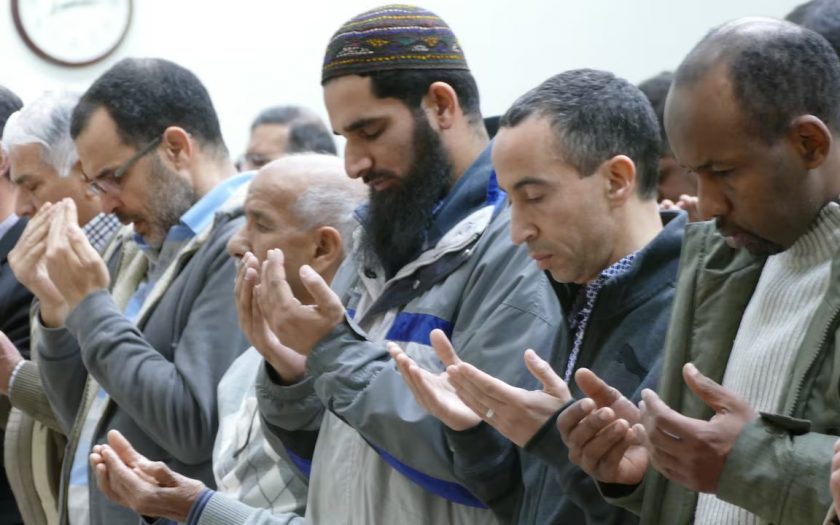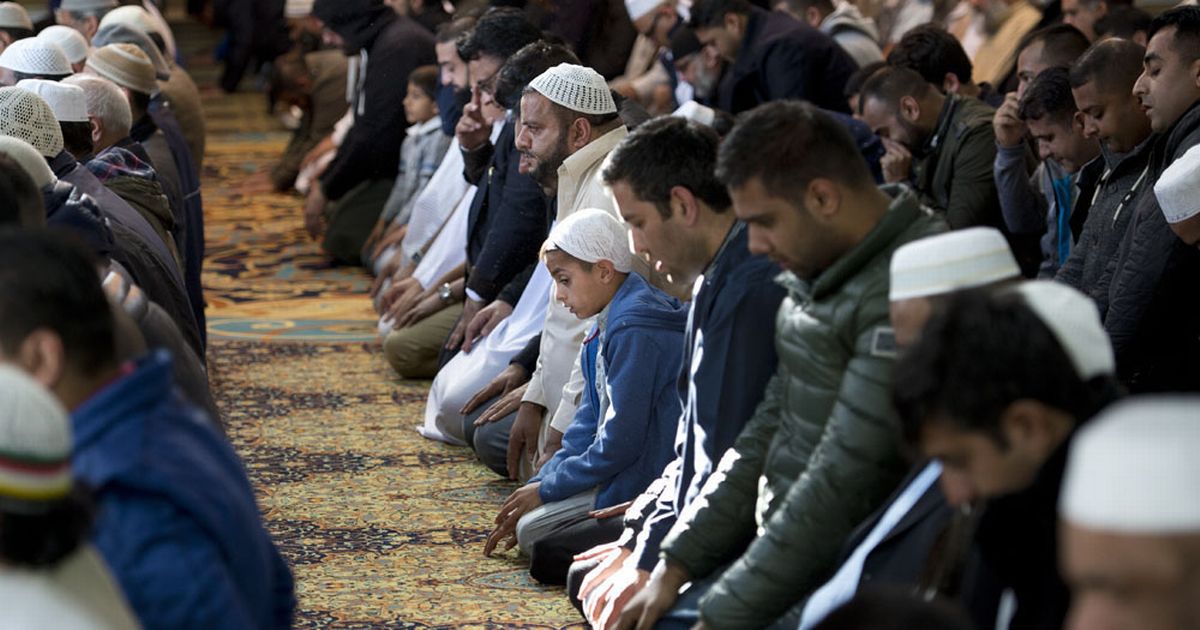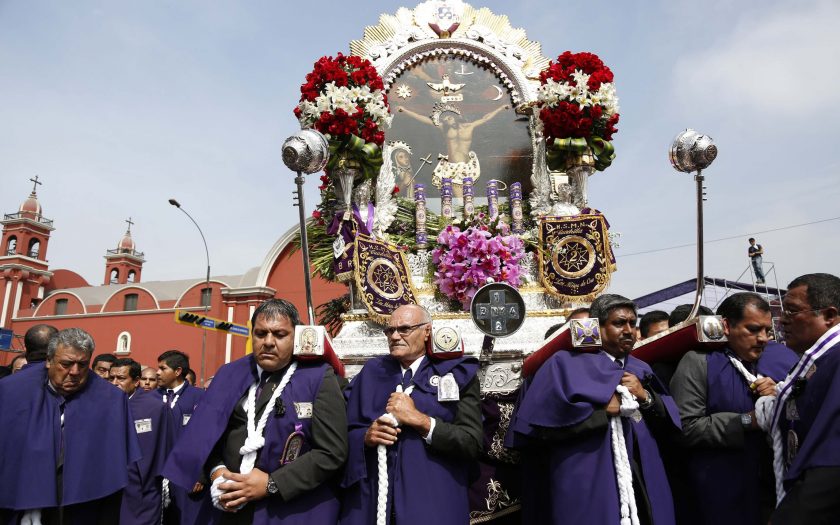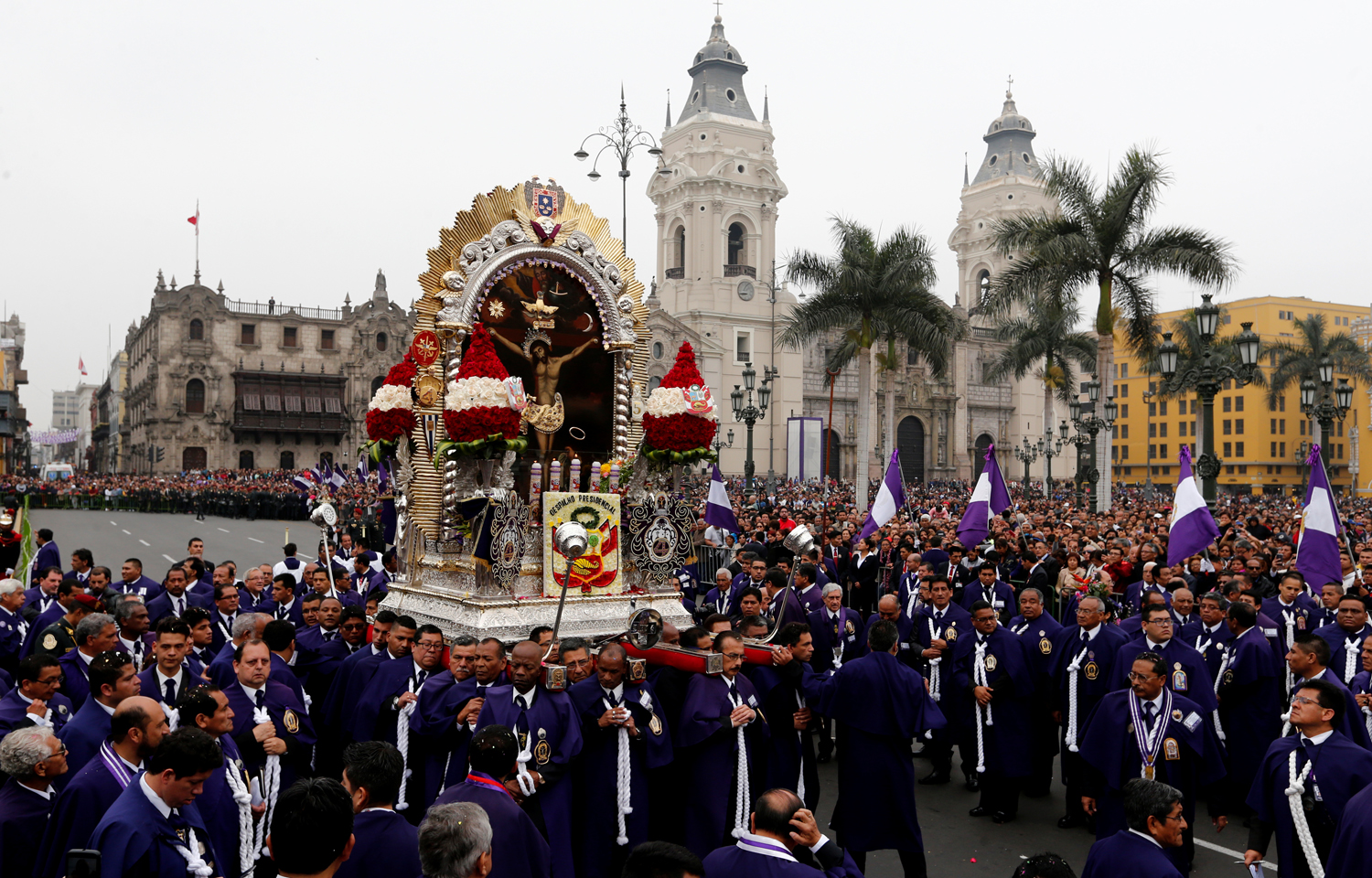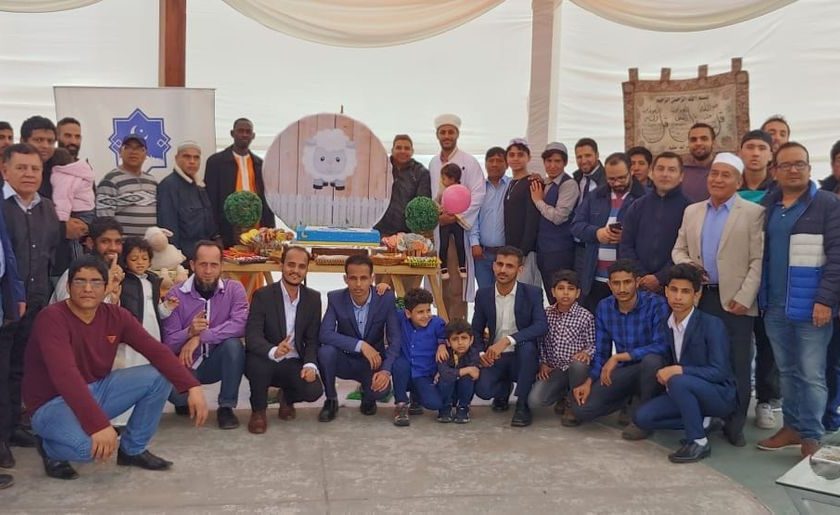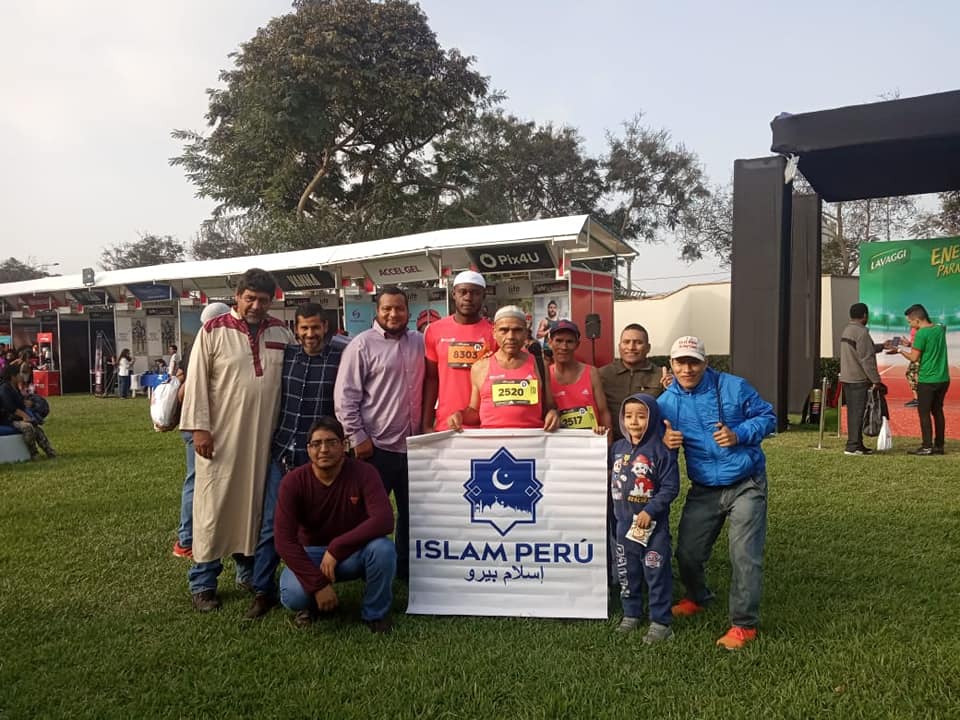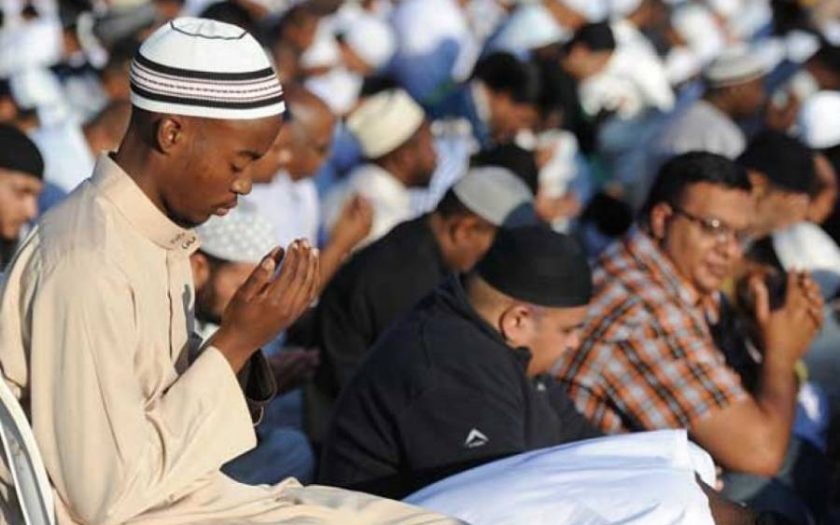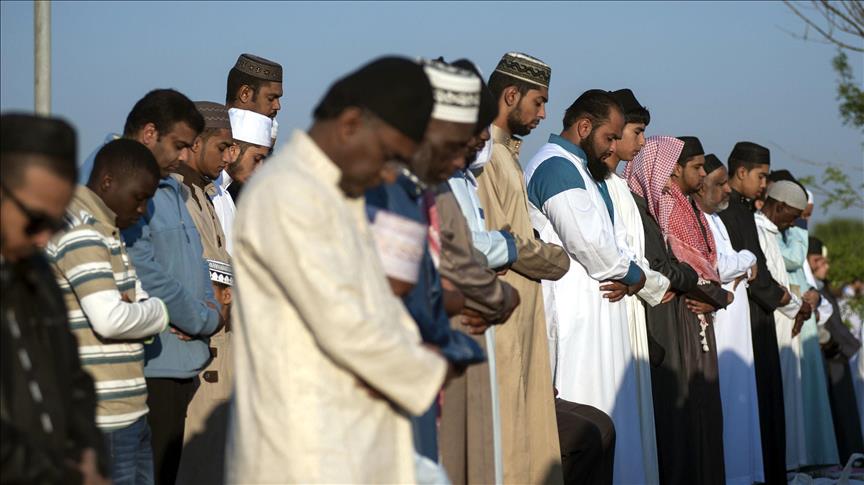Agama telah menjadi elemen fundamental dalam kehidupan sosial dan politik Peru selama berabad-abad. Sejak era kolonial, Gereja Katolik memainkan peran utama dalam membentuk kebijakan negara dan norma sosial. Namun, dalam beberapa dekade terakhir, lanskap keagamaan dan politik Peru mengalami perubahan signifikan, dengan meningkatnya pengaruh kelompok Protestan Evangelis serta pergeseran sikap masyarakat terhadap hubungan antara agama dan negara. Artikel ini akan mengeksplorasi bagaimana agama mempengaruhi politik Peru, peran aktor-aktor keagamaan dalam pemerintahan, serta tantangan dan prospek masa depan keterlibatan agama dalam politik.
Sejarah Keterlibatan Agama dalam Politik Peru
Peru memiliki sejarah panjang tentang bagaimana agama dan politik saling terkait. Sejak masa penjajahan Spanyol, Gereja Katolik berfungsi sebagai pilar utama dalam mengatur masyarakat, tidak hanya dalam urusan spiritual tetapi juga dalam aspek pendidikan, hukum, dan kebijakan sosial. Gereja memiliki pengaruh yang besar terhadap kebijakan negara, dengan banyak pemimpin politik yang memiliki latar belakang Katolik yang kuat.
Pada abad ke-20, pengaruh Gereja Katolik dalam politik tetap kuat, terutama melalui aliansinya dengan partai-partai konservatif. Namun, seiring dengan pertumbuhan sekularisme dan meningkatnya pluralisme agama, dominasi Katolik dalam politik mulai menghadapi tantangan baru.
Munculnya Kelompok Evangelis dalam Politik
Dalam beberapa dekade terakhir, komunitas Evangelis di Peru telah berkembang pesat dan mulai memainkan peran yang semakin penting dalam politik. Para pemimpin Evangelis semakin sering terlibat dalam kampanye politik dan bahkan menduduki posisi pemerintahan. Banyak dari mereka membawa agenda sosial konservatif yang mencerminkan nilai-nilai moral yang mereka anut, seperti penolakan terhadap pernikahan sesama jenis, aborsi, dan kebijakan yang dianggap bertentangan dengan ajaran agama mereka.
Pengaruh Evangelis juga terlihat dalam pemilihan umum, di mana banyak kandidat politik mencari dukungan dari gereja-gereja Protestan untuk mendapatkan suara dari komunitas yang berkembang ini. Fenomena ini serupa dengan apa yang terjadi di banyak negara Amerika Latin lainnya, di mana kelompok Evangelis semakin memainkan peran dalam membentuk kebijakan publik.
Dinamika Hubungan Gereja dan Negara
Meskipun Peru secara konstitusional adalah negara sekuler, realitas politik menunjukkan bahwa agama masih memiliki pengaruh besar dalam kebijakan negara. Gereja Katolik masih memiliki hubungan erat dengan pemerintah, dengan adanya subsidi dan perlakuan khusus dalam beberapa kebijakan. Namun, dengan meningkatnya pluralisme agama dan pergeseran nilai sosial, semakin banyak suara yang menuntut pemisahan yang lebih tegas antara agama dan negara.
Di sisi lain, keterlibatan kelompok Evangelis dalam politik telah menimbulkan perdebatan. Sementara mereka membawa perspektif moral yang kuat, kehadiran mereka juga menimbulkan kekhawatiran tentang kemungkinan politisasi agama dan pengaruhnya terhadap kebijakan publik yang seharusnya bersifat inklusif bagi semua warga negara.
Tantangan dan Kritik terhadap Keterlibatan Agama dalam Politik
Keterlibatan agama dalam politik tidak lepas dari berbagai tantangan dan kritik. Salah satu isu utama adalah kekhawatiran tentang potensi diskriminasi terhadap kelompok minoritas atau individu yang tidak sejalan dengan nilai-nilai agama tertentu. Kebijakan yang berbasis pada ajaran agama tertentu berisiko mengabaikan prinsip hak asasi manusia dan kebebasan beragama.
Selain itu, ada pula kekhawatiran bahwa politisasi agama dapat menyebabkan polarisasi sosial. Ketika kelompok agama mulai terlibat aktif dalam politik, sering kali muncul perpecahan antara mereka yang mendukung pendekatan berbasis agama dan mereka yang mengadvokasi kebijakan sekuler.
Masa Depan Peran Agama dalam Politik Peru
Masa depan keterlibatan agama dalam politik Peru akan sangat bergantung pada dinamika sosial dan politik yang terus berkembang. Beberapa skenario yang mungkin terjadi meliputi:
- Pemisahan yang Lebih Tegas antara Agama dan Negara
Dengan meningkatnya kesadaran akan pluralisme dan hak-hak individu, bisa jadi Peru akan mengambil langkah lebih tegas untuk memastikan bahwa kebijakan publik dibuat tanpa dipengaruhi oleh doktrin keagamaan tertentu. - Penguatan Peran Evangelis dalam Politik
Jika tren pertumbuhan komunitas Evangelis terus berlanjut, kemungkinan besar pengaruh mereka dalam politik juga akan semakin besar. Ini bisa berdampak pada kebijakan sosial dan ekonomi yang lebih konservatif. - Kolaborasi yang Lebih Seimbang antara Agama dan Pemerintah
Dalam skenario lain, bisa jadi terjadi keseimbangan di mana agama tetap memiliki peran dalam kehidupan sosial tanpa mendominasi kebijakan negara. Gereja dapat berfokus pada peran sosial, seperti pendidikan dan kesejahteraan, tanpa secara langsung terlibat dalam keputusan politik.
Agama terus memainkan peran penting dalam politik Peru, baik melalui Gereja Katolik yang memiliki pengaruh historis maupun kelompok Evangelis yang semakin berkembang. Meskipun keterlibatan agama dalam politik membawa dampak positif dalam bentuk nilai moral dan dukungan sosial, hal ini juga menimbulkan tantangan, terutama dalam menjaga keseimbangan antara kebijakan berbasis agama dan prinsip-prinsip demokrasi yang inklusif.
Masa depan keterlibatan agama dalam politik Peru akan bergantung pada bagaimana masyarakat dan pemerintah menavigasi hubungan yang kompleks ini. Apakah Peru akan bergerak menuju pemisahan yang lebih tegas antara agama dan negara, atau justru melihat peningkatan peran agama dalam kebijakan publik? Yang jelas, agama akan tetap menjadi elemen penting dalam perbincangan politik di Peru untuk tahun-tahun yang akan datang.
